|
As technology has become a bigger part of people’s lives – and a growing part of the restaurant industry in recent years – there has been much discussion and warning about its potential to replace humans or to stifle human connection. But for so many people right now, technology is precisely what is making it possible for people to remain connected to family, friends and colleagues despite the physical isolation we have had to adopt. People are gathering for virtual happy hours and dinner parties – occasions that we may not have considered before. As we emerge from the pandemic, are you looking at your technology any differently? Will this change how we develop technology for restaurants and consumers alike? How will you want to use it to help protect you in the future – and to better connect you with the people you serve?
The tech tools you have at your disposal to operate more efficiently are critical assets to your business right now. They can ensure you quickly have the figures you need to make decisions about inventory and staffing on short notice, for instance. Restaurant365 suggests you forecast sales using recent weeks as your guide instead of the same period last year, order only what you expect to sell based on those forecasts (and cutting back on orders with suppliers as needed), and use tools to help you stay as close as possible to optimal labor costs.
Consumers don’t consider technology to be an eliminator of jobs but rather a means of improving convenience – and restaurants are investing in more of such customer-facing technology solutions this year. These were key tech-related takeaways from the National Restaurant Association’s latest state-of-the-industry report. When it comes to customer-facing tech, kiosks and other self-service technology still pay dividends. Their biggest benefit may be speed – by visibly reducing congestion and automating orders, they expedite the order process and shorten lines – but this technology is also winning consumers over for its ability to customize. The proof is in the payment: The convenience that kiosks provide can lead guests to spend 15 to 20 percent more per order, according to Pymts.com. #restauranttech
What if running a profitable restaurant became less about analyzing databases and spreadsheets and more about following AI-generated directions? That’s increasingly becoming a reality for some restaurants. In a recent roundup from Modern Restaurant Management about major disruptions to expect in the coming decade, AI applications were among the major changes industry insiders expect. David Bloom, chief development and operations officer for Capriotti’s, sees increasing potential for video to work hand-in-hand with AI – using facial recognition to identify guests and connect them with loyalty programs, reducing theft by video monitoring, and improving employee performance by monitoring their actions and providing on-the-spot upselling and service advice. #restauranttech
Despite recent news about bans on cash-free (i.e. app- or card-based) payment requirements at restaurants in New York and other states, there is plenty of momentum pushing restaurants toward even more seamless, tech-based payment systems. Software companies like PopID, for example, are providing artificial intelligence-enabled facial-recognition platforms that can not only process payment rapidly but also recognize a customer – then quickly pull up previous orders, which are often repeated at quick-service restaurants. Payments Journal reports that the result at CaliBurger, a brand using the technology, has been shorter lines and compressed ordering times.
As labor costs escalate, how are you ensuring you have the right number of employees scheduled at the right times? More brands are adopting artificial intelligence-based programs to help with scheduling. Domino’s, for one, has been testing an AI algorithm to help ensure they are using the most efficient number of staff hours in their stores, Restaurant Dive reports. As major cities enact predictive scheduling laws designed to ensure a fair work week for employees – Widget Brain reports that New York, San Francisco and Seattle are among them – finding ways to use AI to forecast labor demand, and then build and fill schedules, can help operators not only maximize labor expenditures but also comply with the law.
How seamless is the smartphone ordering experience you offer customers? Between 2015 and 2018, the percentage of consumers who ordered food via smartphone or mobile app more than tripled, according to a report from Grit Daily, and research from Business Insider Intelligence predicts mobile orders will comprise 11 percent of all quick-service sales this year. Enabling voice ordering – which is on the rise in other areas of ecommerce – may help to set your business apart. A presentation from Mastercard at the National Restaurant Association show last year reported that of the 74 million Americans who use smart speakers every month, 62 percent of them have used voice ordering to purchase retail items but less than 8 percent have purchased food and beverage. Considering the room for growth, voice ordering is likely to be among the next improvements mobile apps offer to make ordering food as easy as asking Alexa to play your favorite song.
Mobile loyalty apps will have a significant impact on the industry this year. That was the sentiment of 31 percent of respondents to a recent TD Bank survey of 254 owners, operators and executives of independent and franchised multi-unit restaurants. A separate survey from TrendSource found that diners are more interested in using a restaurant’s app for delivery and pick-up than a third-party app. Part of what makes restaurant-branded mobile apps an easy win for restaurants is that whether you operate a food truck, pop-up restaurant or fine-dining restaurant, there is mobile app functionality that can ease ordering and payment, deliver customized promotions and build loyalty – and at accessible price points.
|
Subscribe to our newsletterArchives
April 2024
Categories
All
|
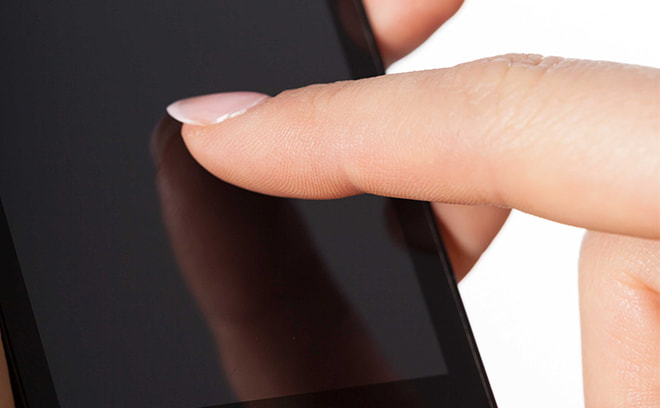

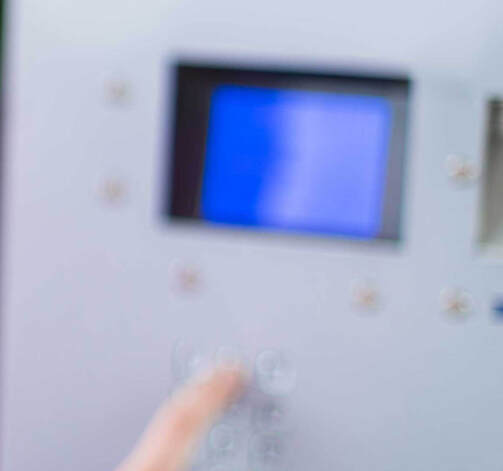
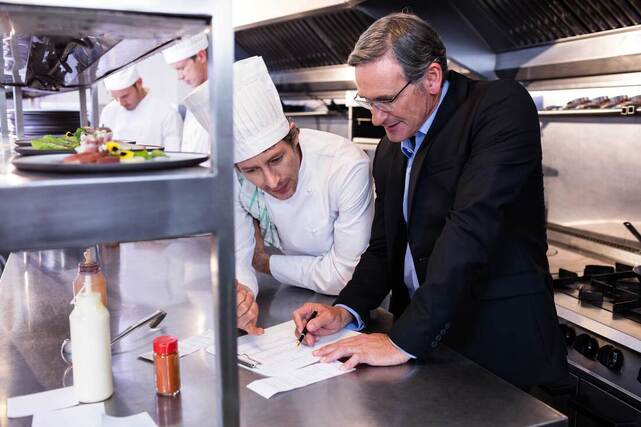
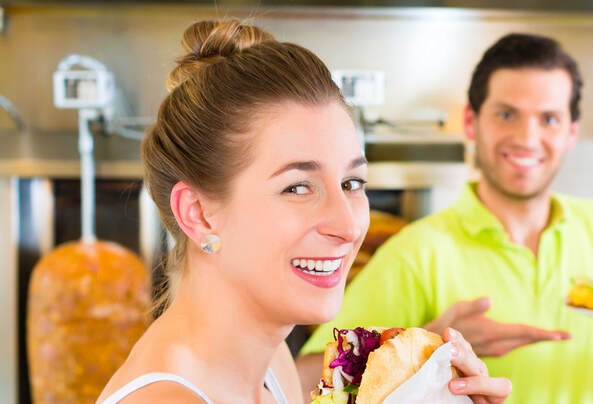
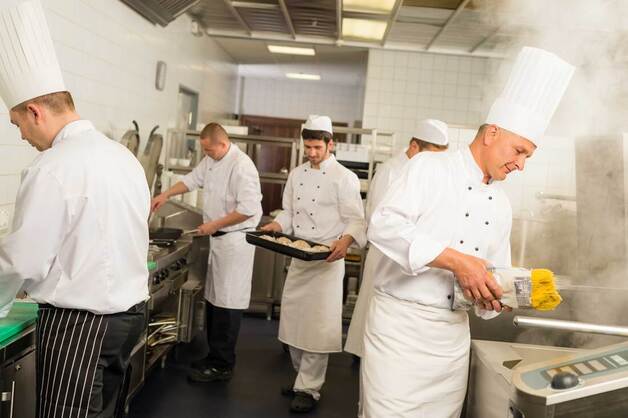
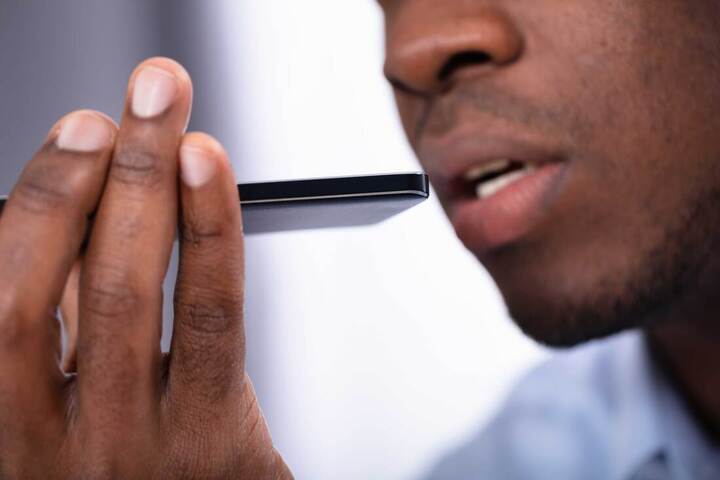
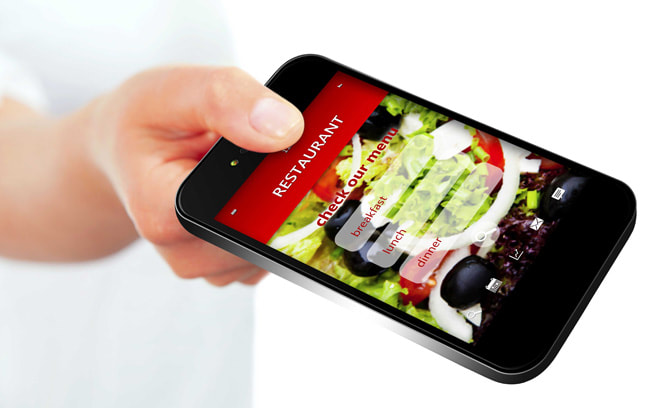


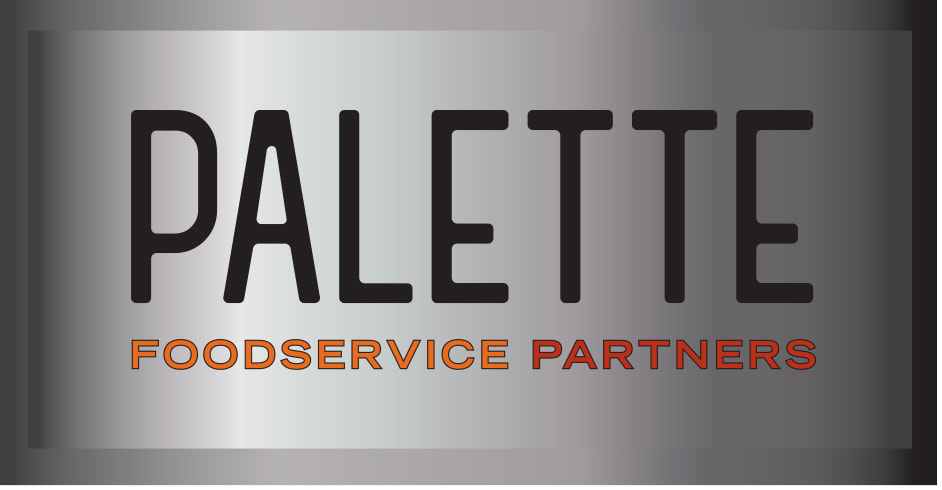
 RSS Feed
RSS Feed